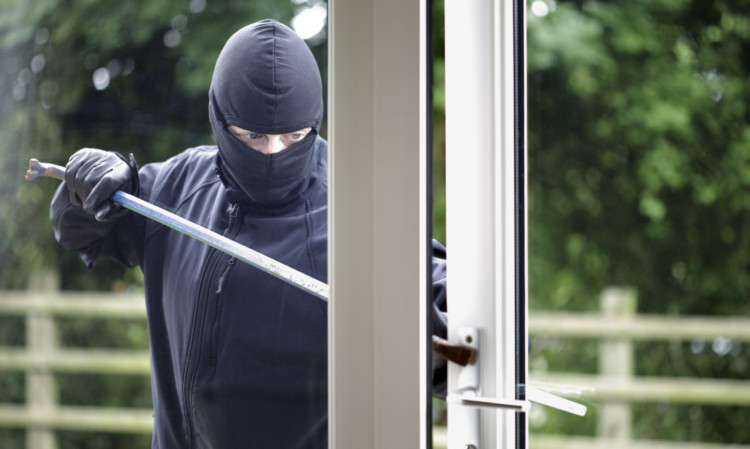
Thousands of burglars are escaping justice because hard-pressed police are too busy to track them down.
A Sunday Post probe has found that 83% of break-ins reported in the last three years have gone unsolved by officers in the north of England.
On average 104 burglaries are carried out every day across the seven regions from Northumberland to Lancashire. But police only manage to collar the culprit in around one in six cases.
The dramatically poor detection rate is being blamed on savage Government cuts that have plunged forces into a resources limbo.
And last night, one senior officer admitted: “Officers are run off their feet and can’t cope with the workload.”
Declining budgets and spiralling amounts of paperwork mean police forces are having to do more with less.
Dedicated teams set up to solve burglaries in the north of England have been scrapped as a result of the cuts, leaving other front line officers to pick up the pieces.
And there are warnings that the number of housebreakers getting away with their crimes is set to soar.
Sgt Gordon Armstrong , of Northumbria Police Federation, said he sympathised with victims of burglary.
He added: “We don’t blame our chief constable, we blame the Government for forcing these cuts upon us.”
He then warned, chillingly: “It will be a big Christmas for criminals.”
Housebreaking rates have fallen across the north of England over the past decade. But the crime is still causing a huge headache for forces.
Barrow and Furness MP John Woodcock is worried criminals are being given the green light to commit burglaries.
He said: “Last month I obtained data in parliament which revealed that burglary detection rates in Cumbria had fallen by 35% over the past three years The Sunday Post’s figures back up the scale of the problem.
“There is a risk that if detections and convictions fall, the loss of a deterrent effect will mean that the welcome reduction in burglaries could reverse.
“I am very concerned that cuts from central Government may be reducing the resources available to solve crimes.” The Labour MP has written to Cumbria’s Police Commissioner calling for “urgent action to reverse the falling trend of burglary detections”.
Last week, North Yorkshire Police issued a plea to the public to keep their eyes peeled after a spike in “high-value” burglaries.
Officers reckon that a “significant number” have been committed by organised criminals. A Home Office spokesman responded: “Police reforms are working and crime is falling.
“The latest statistics show that crime in these six northern forces is down by up to 11% in the past year.
“Like all parts of the public sector, the police must play their part in helping to tackle the deficit but they will still have the resources to do their important work.”

Enjoy the convenience of having The Sunday Post delivered as a digital ePaper straight to your smartphone, tablet or computer.
Subscribe for only £5.49 a month and enjoy all the benefits of the printed paper as a digital replica.
Subscribe